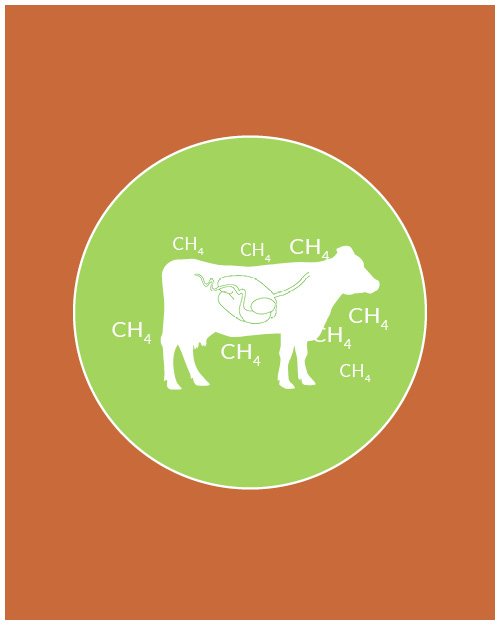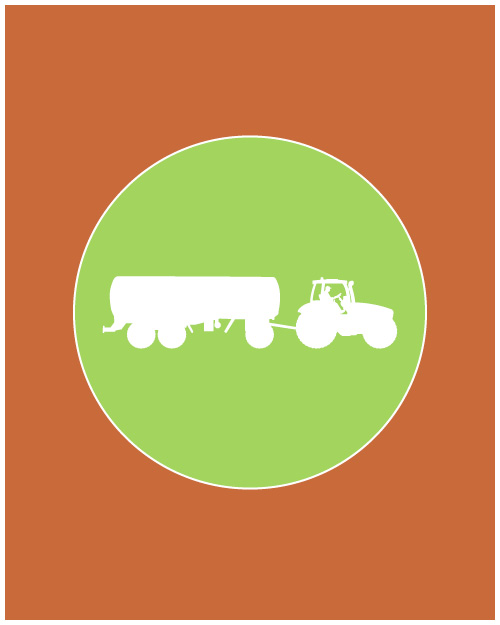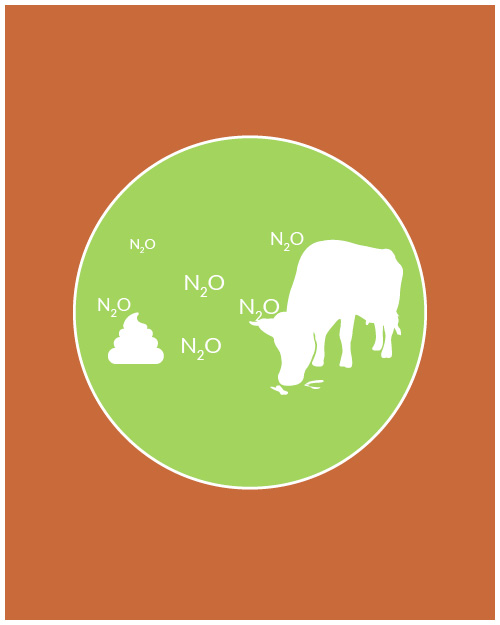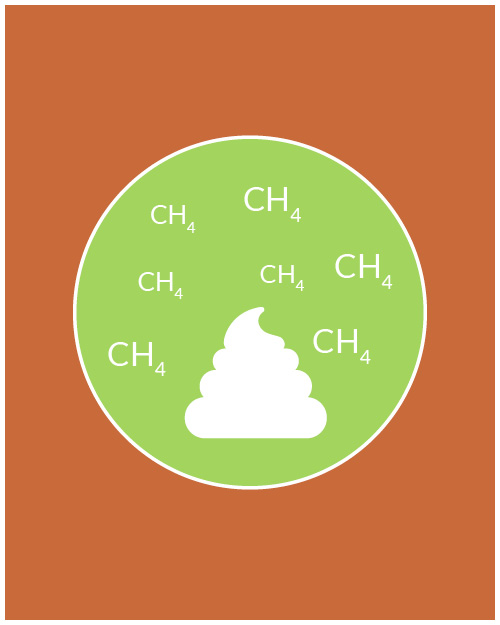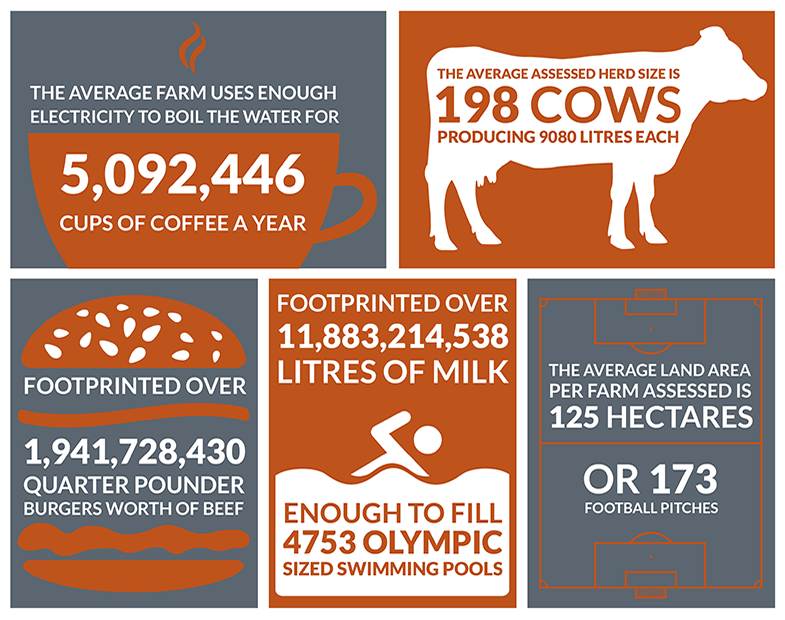At Alltech, we have pioneered the use of on-farm environmental tools and assessments to provide opportunities to benchmark and improve efficiency, leading towards increased profitability and sustainability. From individual farms to multinational organisations, Alltech’s certified E-CO2 service provides a comprehensive range of advice, tools and services to help measure and improve environmental performance.


